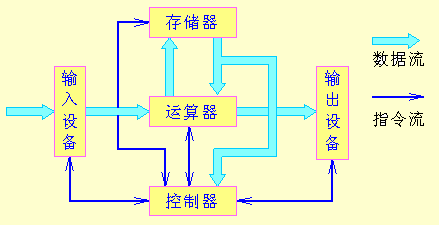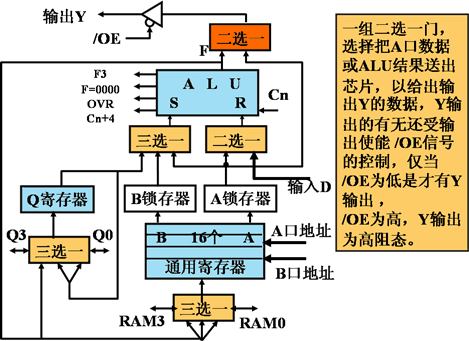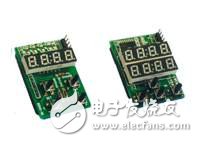The **arithmetic unit**, also known as the **Arithmetic Logic Unit (ALU)**, is a critical component of a computer’s central processing unit (CPU). It is responsible for performing both **arithmetic operations** such as addition, subtraction, multiplication, and division, as well as **logical operations** like AND, OR, XOR, and NOT. In addition to these, it handles tasks such as shifting data, comparing values, and transferring information between registers or memory. Together with the control unit, the ALU forms the core of the CPU, enabling the execution of program instructions.
 The arithmetic unit typically includes several key components such as the **ALU itself**, an **accumulator**, a **status register**, and a **general-purpose register file**. These components work together to store and process data efficiently. The ALU executes basic operations, while the accumulator holds intermediate results during computation. The status register keeps track of the outcome of operations, such as whether there was an overflow, if the result is zero, or what the sign of the result is.
The arithmetic unit typically includes several key components such as the **ALU itself**, an **accumulator**, a **status register**, and a **general-purpose register file**. These components work together to store and process data efficiently. The ALU executes basic operations, while the accumulator holds intermediate results during computation. The status register keeps track of the outcome of operations, such as whether there was an overflow, if the result is zero, or what the sign of the result is.
 The main function of the arithmetic unit is to process data according to the instructions provided by the control unit. This includes handling arithmetic operations, logical operations, shifts, comparisons, and address calculations. Data is fetched from memory, processed in the ALU, and then either stored back in memory or temporarily held in registers for further use. The ability of the arithmetic unit to perform these operations quickly and accurately is essential for the overall performance of the computer system.
The main function of the arithmetic unit is to process data according to the instructions provided by the control unit. This includes handling arithmetic operations, logical operations, shifts, comparisons, and address calculations. Data is fetched from memory, processed in the ALU, and then either stored back in memory or temporarily held in registers for further use. The ability of the arithmetic unit to perform these operations quickly and accurately is essential for the overall performance of the computer system.
 Operators can be classified in various ways depending on their functionality and design. One common classification is based on how numbers are represented: **fixed-point operators** and **floating-point operators**. Fixed-point operators are simpler in structure and handle numbers with a fixed decimal point, making them suitable for applications where precision is less critical. Floating-point operators, on the other hand, support more complex numerical representations, allowing for a much larger range of values and higher precision, though they are more complex in design.
Another way to classify operators is based on the **number system** they use. Most modern computers use **binary operators**, which operate using base-2 arithmetic. However, with the increasing demand for business and financial applications, many systems now support **decimal operators** as well, enabling more accurate representation of decimal numbers.
In summary, the arithmetic unit is a vital part of a computer’s architecture. It enables the execution of mathematical and logical operations, supports data manipulation, and plays a crucial role in determining the speed and efficiency of the CPU. As technology evolves, the capabilities of the arithmetic unit continue to expand, ensuring that computers can handle increasingly complex tasks.
Operators can be classified in various ways depending on their functionality and design. One common classification is based on how numbers are represented: **fixed-point operators** and **floating-point operators**. Fixed-point operators are simpler in structure and handle numbers with a fixed decimal point, making them suitable for applications where precision is less critical. Floating-point operators, on the other hand, support more complex numerical representations, allowing for a much larger range of values and higher precision, though they are more complex in design.
Another way to classify operators is based on the **number system** they use. Most modern computers use **binary operators**, which operate using base-2 arithmetic. However, with the increasing demand for business and financial applications, many systems now support **decimal operators** as well, enabling more accurate representation of decimal numbers.
In summary, the arithmetic unit is a vital part of a computer’s architecture. It enables the execution of mathematical and logical operations, supports data manipulation, and plays a crucial role in determining the speed and efficiency of the CPU. As technology evolves, the capabilities of the arithmetic unit continue to expand, ensuring that computers can handle increasingly complex tasks.



Acrylic Overlay,Acrylic Panel,Arylic Label,Arylic Overlay
CIXI MEMBRANE SWITCH FACTORY , https://www.cnjunma.com
